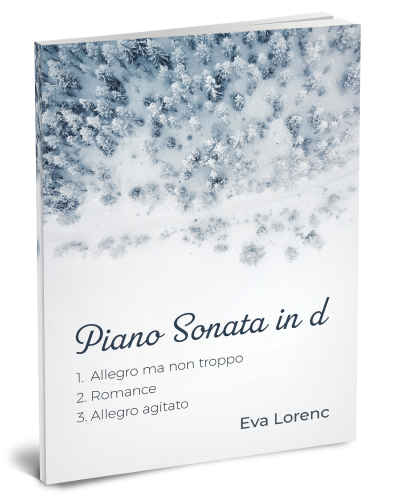The first movement is in sonata form, so it is possible to find an exposition, performance and repetition in the style of classical sonatas.
The movement is written in 6/8 bar, and although you will not find any sixteenths in it, the tempo is fast. The relatively exciting main theme is replaced by a contrasting cheerful, naive side theme, which results in a short area of the final theme. Repetition of sonata exposure is not mandatory, but when you play it, it will sound good.
The performance of the sonata offers new musical ideas and new tones. It is built from a modest introduction to a magnificent center and a dramatic conclusion, which results in a repetition of the first movement.
Reprise is shortened. We will not find the main theme of the sonata in it, but we will go straight to the secondary theme, which is now in the main key in D minor. The rerun offers a repetition of the musical ideas of the exhibition with minor variations. The conclusion of the first movement is effective. The movement works in a coherent way and if you play it alone, it will also be a nice effective part of your repertoire.




